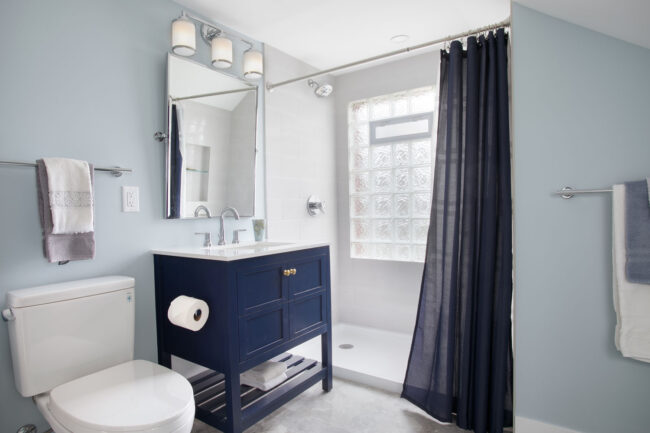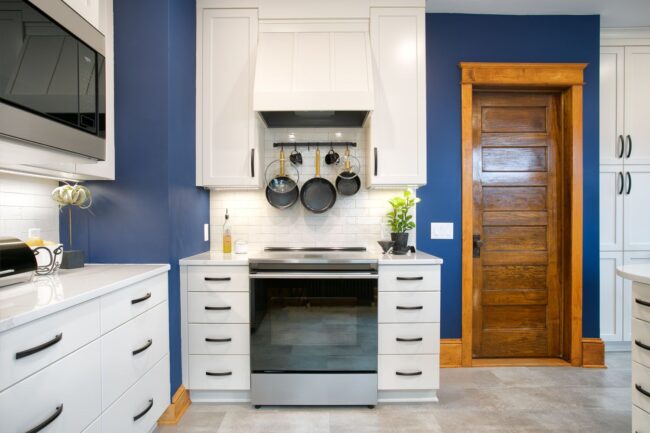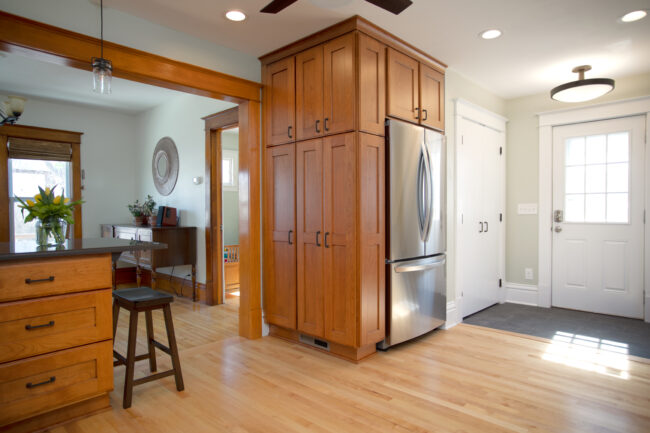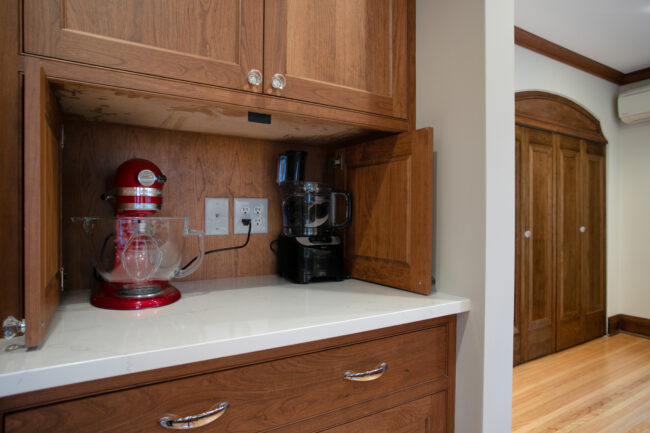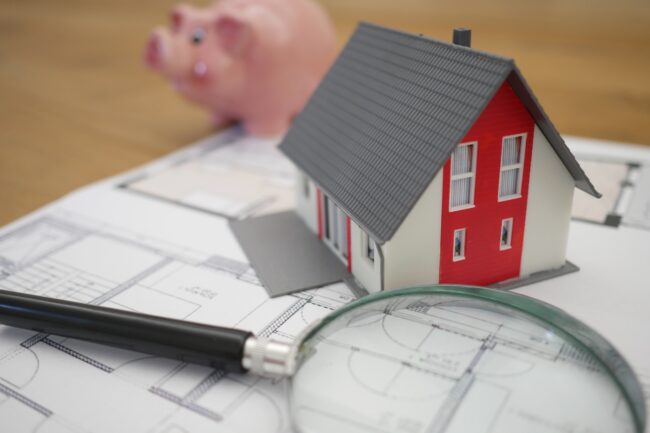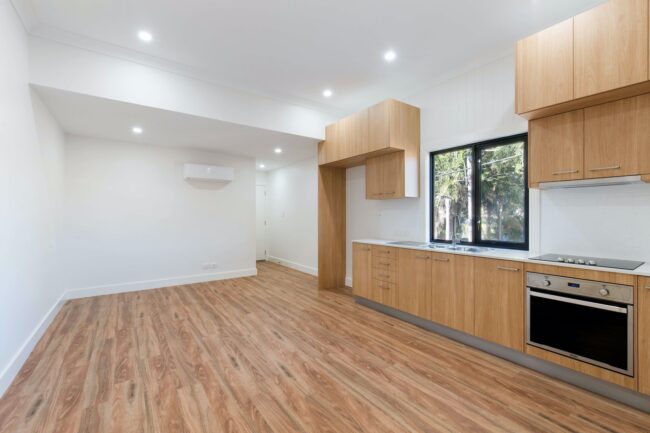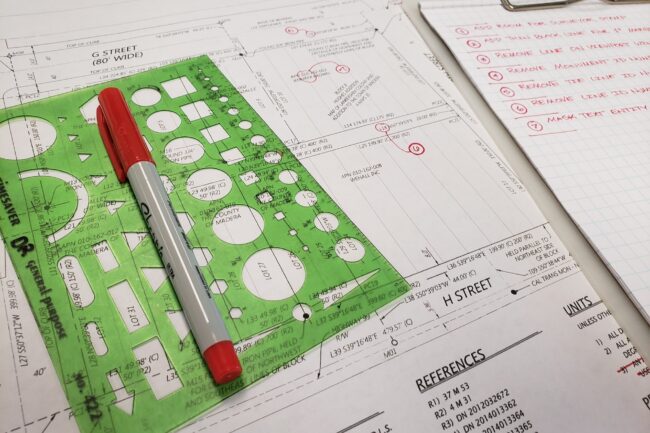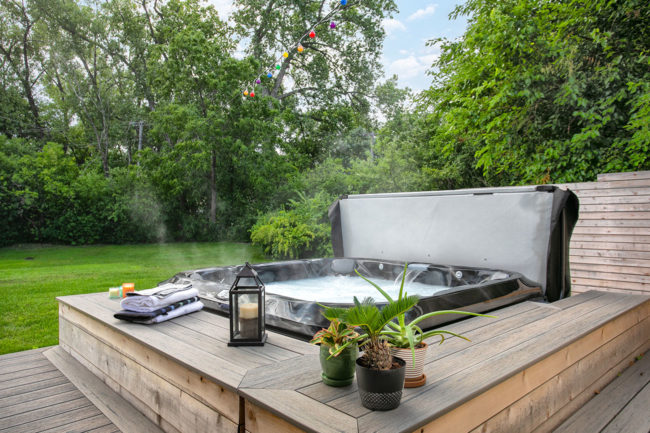How to Do a Kitchen Remodel on a Budget
You do not have to ruin your finances just for a single kitchen remodel. If you are curious about how to do a kitchen remodel on a budget, keep reading and find out!
Setting a realistic budget for your kitchen remodel
Setting a realistic budget is the crucial first step of how to do a kitchen remodel on a budget. By determining your financial boundaries from the start, you can make informed decisions and avoid overspending. Remember, things like going for environmentally friendly kitchen renovations always come second to a solid budget. Start by assessing your finances and setting a comfortable spending limit. Consider the scope of the project, including materials, appliances, and labor costs. Research prices, compare options, and prioritize essential upgrades. By being mindful of your budget, you can allocate funds wisely and focus on cost-effective solutions. Remember, a well-planned budget allows flexibility and ensures your kitchen remodel stays on track without breaking the bank.

A solid budget itself is always step one when trying to do a kitchen remodel on a budget.
Planning and researching how to do a kitchen remodel on a budget
Planning and research are vital when trying to do a kitchen remodel on a budget. Take the time to create a detailed remodeling plan, considering layout changes, appliances, and materials. Thorough planning helps you avoid costly mistakes and ensures a smooth process. Research different products, prices, and suppliers to find the best deals and quality. By comparing options, you can make informed decisions and save money. Also, don’t forget to properly pack up your appliances before the remodel begins in earnest. This will protect them from damage and make the transition smoother. When it comes to planning and research, attention to detail is key. Investing time in this phase can lay a solid foundation for a budget-friendly and efficient kitchen remodel.
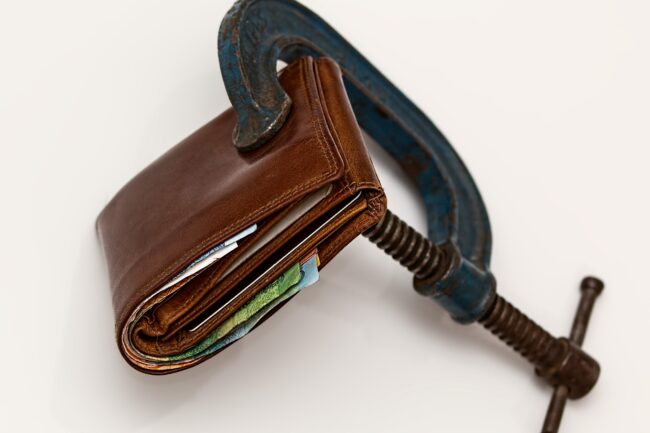
You’ll have to learn how to best squeeze down on your spending.
Repurposing and refurbishing what you can for your remodel
When working on a kitchen remodel, don’t overlook the cost-saving potential of repurposing and refurbishing existing elements. Instead of immediately replacing cabinets, countertops, and appliances, consider refurbishing them to save money. Refinishing cabinets, for example, can give them a fresh new look without the hefty price tag. Repairing or resurfacing countertops can also bring new life to the space. However, it’s necessary to carefully balance repairing and replacing what you can. Evaluate the condition and functionality of each element and make informed decisions. Sometimes, it’s more cost-effective to replace certain items if they are outdated or beyond repair. By strategically repurposing and refurbishing, you can breathe new life into your kitchen while staying within your budget.
DIY vs. professional assistance for your remodel
When it comes to a kitchen remodel, you may find yourself torn between doing it yourself and hiring professionals. It’s important to weigh the pros and cons of either approach to kitchen renovation. DIY projects can save money, especially if you have the necessary skills and experience. However, complex tasks like electrical or plumbing work should be left to professionals to ensure safety and compliance. Hiring experts also guarantees a higher level of craftsmanship and access to specialized knowledge. They can navigate challenges efficiently and complete the project in a timely manner. Consider your comfort level, time availability, and the complexity of the remodel. While DIY can be rewarding, professional help ensures a smoother and more polished outcome, particularly for intricate aspects of the kitchen remodel. Ultimately, make an informed decision based on your skills, resources, and desired results.
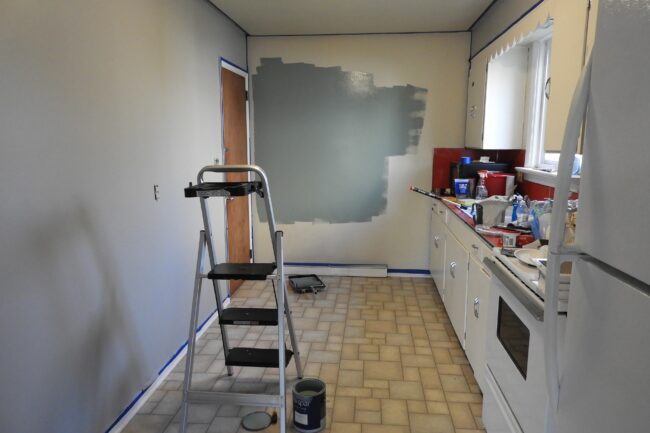
Don’t be afraid to DIY the parts you know you can do.
Saving on materials and finishes for your kitchen remodel
When it comes to saving on materials and finishes for your kitchen remodel, there are several strategies to consider. Start by researching and comparing prices from different suppliers to secure the best deals. Look out for sales and discounts, as timing your purchases strategically can result in significant savings. Additionally, consider alternative options such as second-hand or discounted materials, which can be found at salvage yards or online marketplaces. Don’t compromise on quality, but be open to cost-effective alternatives that meet your standards. Another approach is to focus on key areas where quality is crucial, such as countertops or appliances, while opting for more affordable options for items like cabinet hardware or light fixtures. You can achieve a stunning kitchen remodel while staying within your budget by being resourceful and savvy in your material and finish choices.
Pulling off efficient project management
Efficient project management is essential for an attempt to do a kitchen remodel on a budget successfully. Start by creating a detailed timeline and schedule to keep the project on track. Clearly communicate with contractors and subcontractors, ensuring everyone is on the same page regarding expectations and deadlines. Regularly assess the progress and address any potential issues promptly to prevent delays. Stay organized by keeping track of important documents, invoices, and receipts. This will help you stay within your budget and avoid any unnecessary expenses. Effective communication and collaboration with the professionals involved will ensure that the project runs smoothly and efficiently. By managing the project effectively, you can minimize disruptions, maintain a clear overview, and ultimately achieve the kitchen of your dreams within your desired timeframe.
Finishing touches on a careful budget
When it comes to adding the finishing touches to your kitchen remodel on a budget, plenty of affordable options are available. Focus on impactful yet cost-effective elements such as lighting fixtures, paint, and accessories. Upgrading outdated light fixtures can instantly transform the ambiance of the space without breaking the bank. A fresh coat of paint on the walls or cabinets can breathe new life into the kitchen, too. Don’t underestimate the power of well-chosen accessories like curtains, rugs, or decorative items to add personality and style. Look for more budget-friendly options at thrift stores or even online marketplaces. Remember to prioritize functionality over purely aesthetic upgrades. With a little creativity and resourcefulness, you can easily do a kitchen remodel on a budget.
Learning about how to do a kitchen remodel on a budget
We’ve already covered everything you need to know in order to properly approach the subject of how to do a kitchen remodel on a budget. You can save money without sacrificing quality by setting a realistic budget, conducting thorough research, and considering repurposing and refurbishing options. Whether you choose to tackle the project yourself or hire professionals, weighing the pros and cons is essential. Look for opportunities to save on materials and finishes, compare prices, and explore alternative options. Efficient project management ensures a smooth process and helps avoid unnecessary expenses. Finally, when it comes to finishing touches, focus on impactful yet budget-friendly elements that enhance both functionality and style. With these strategies in mind, you can achieve a remarkable kitchen remodel at negligible expense.


